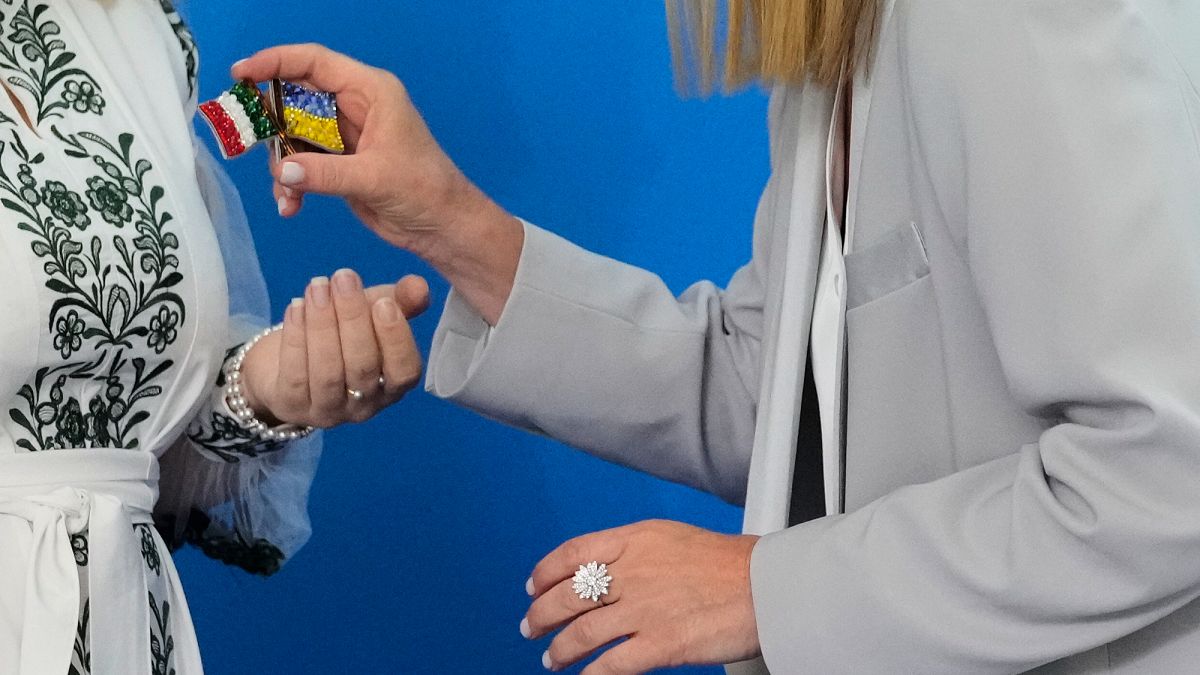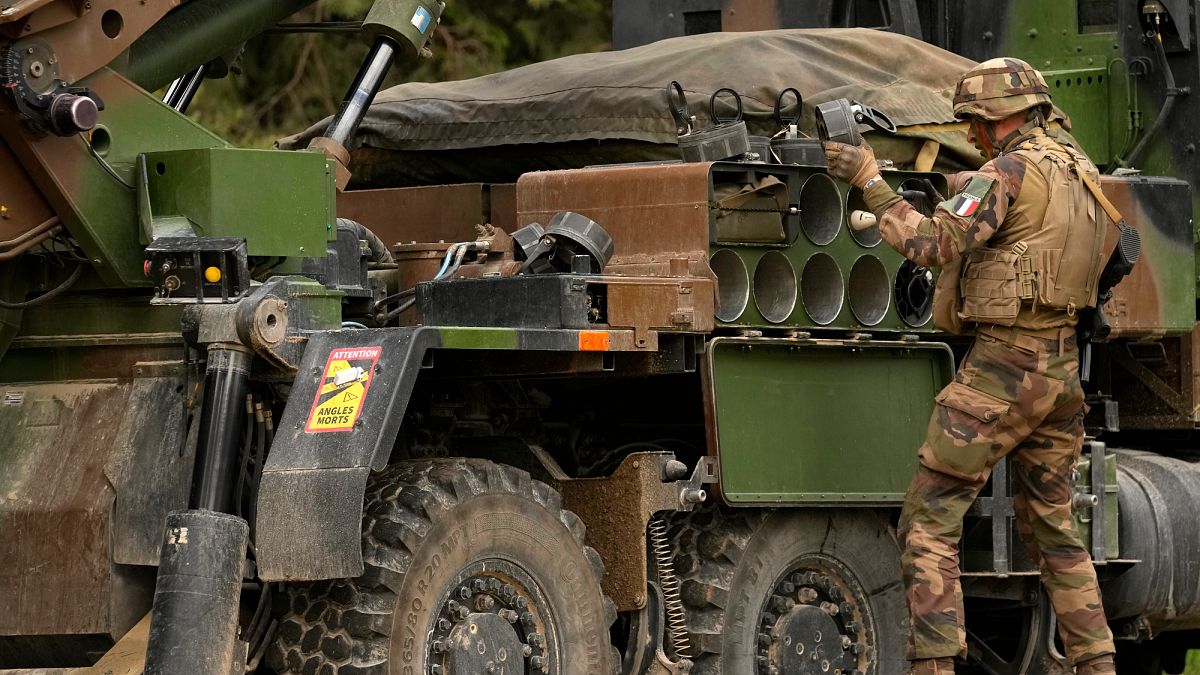By Euronews with EBU
Published on
Europe braces for an exceptional heatwave expected on the weekend, with temperatures as high as 44 degrees Celsius.
According to France’s official weather service, four southern departments including the Bouches-du-Rhône, Gard, Hérault and Pyrénées-Orientales are under heatwave alerts, while 14 departements are expected to be on Saturday.
Alerts of “severe” risks of wildfire, have also been issued.
One French meteorologist, Jérôme Cerisier, says they are expecting 10 to 15 degrees above the seasonal average.
“A new anticyclone is settling over France, and we’ll once again have what we call a ‘heat dome’, with temperatures rising by 1 to 2°C day after day. The warm air is self-sustaining, the skies are clear, so we’ll once again see exceptional values, often 10 to 15°C above seasonal averages, and for the long term” said Cerisier.
In Portugal capital of Lisbon, temperatures of up to 42 degrees Celsius are anticipated in the coming days.
The Portuguese weather service issued yellow and orange warnings across much of the country.
With once again a risk of wildfires in a good part of the country, Ângela Lourenço who works for IPMA said ” the risk of wildfires aggravates with the temperatures, humidity and winds – really hot weather, temperatures will increase greatly, very low humidity and the wind will blow at times, (..) so from a meteorological point of view – we have here conditions that increase the risk of wildfires and this situation will stay for the coming days and week.”
Finally, in Spain’s capital of Madrid, tourists and locals look for shade and ways to cool down. One English tourist Amy Wainwright, said ” I think we try to avoid the sun as much as possible. We try to stay inside as much as possible and try to drink as much beer as possible. I think it’s possibly the best option.”
The heatwave is expected to last until Tuesday.
Video editor • Lucy Davalou













